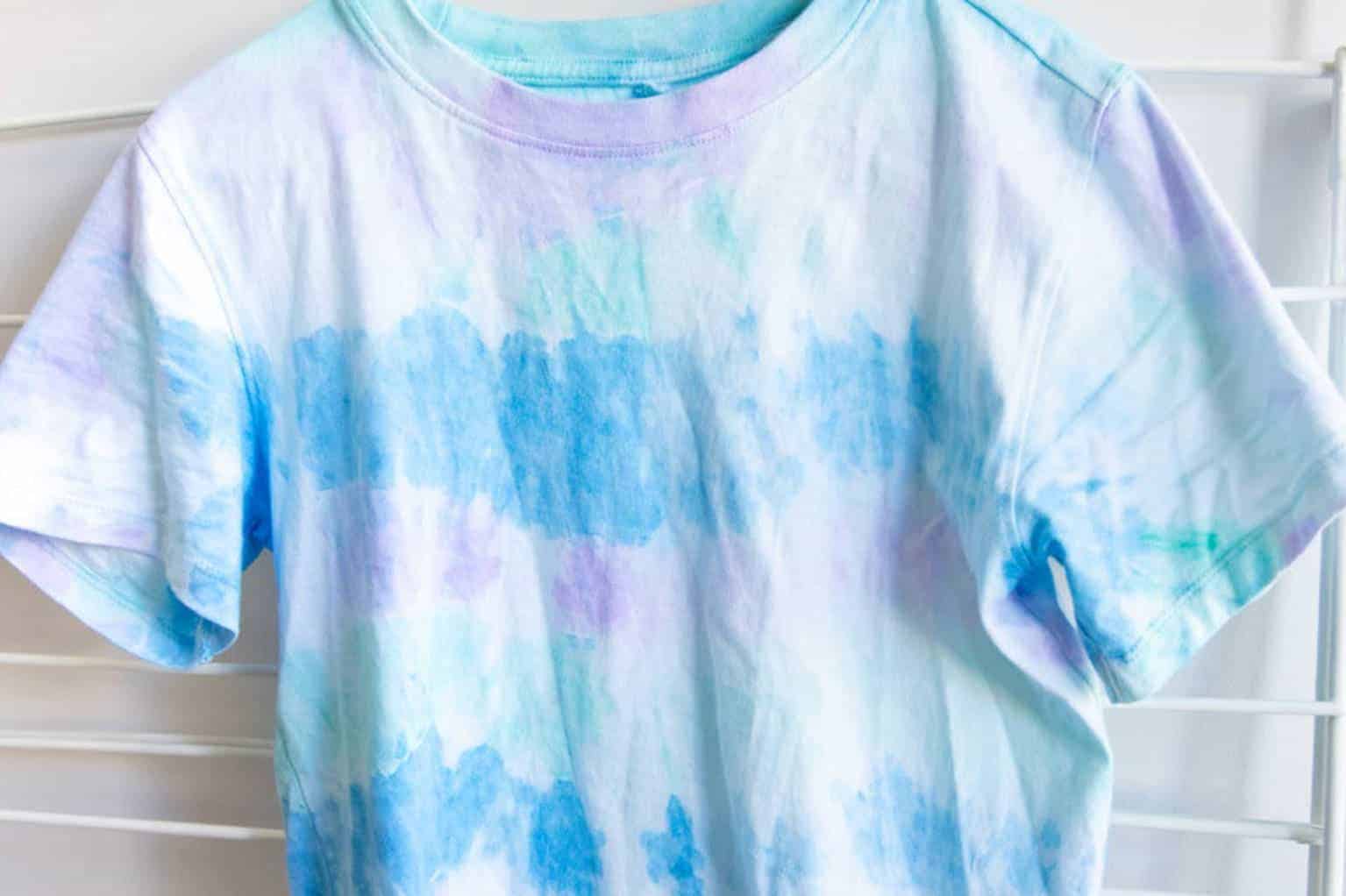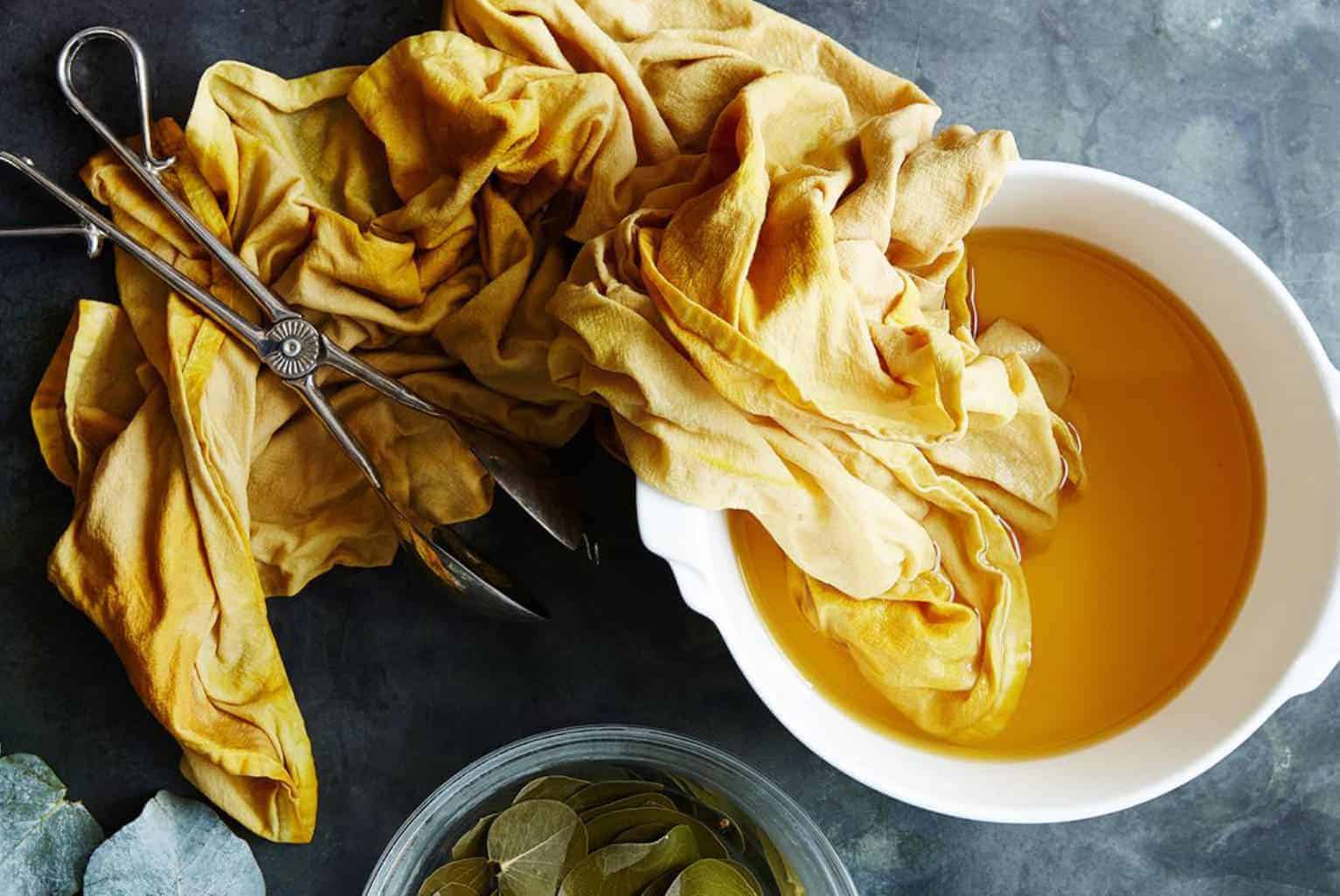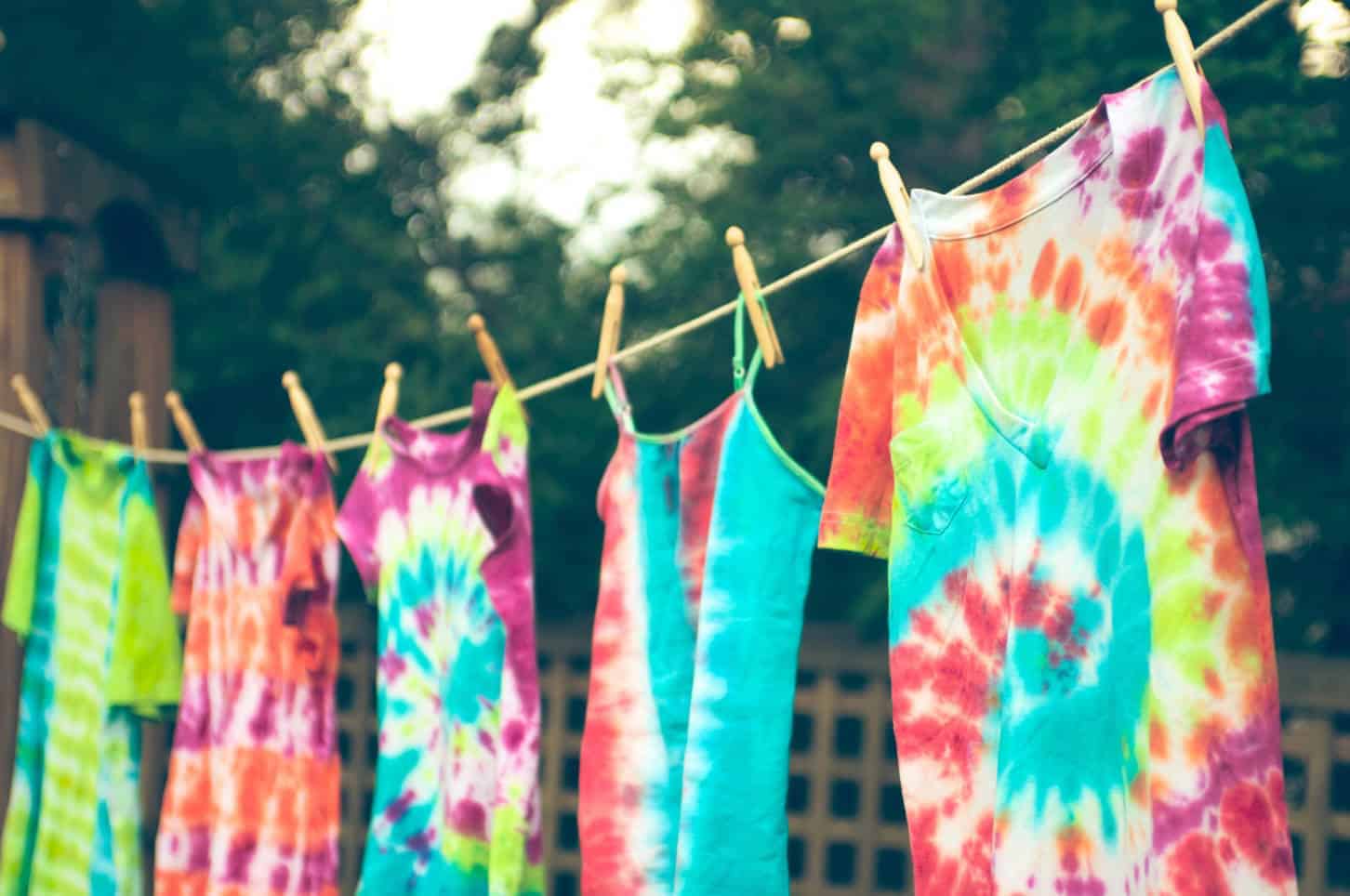You don’t have to buy more clothes or pay a fashion entrepreneur to make your clothes more colorful; you can use food coloring to beautify your clothes.
You can use it to dye clothes that have lost their original color or add character to an old shirt you still enjoy wearing instead of thrashing it.
Is It All Your Clothes You Can Dye With Food Coloring?
Food coloring is an acid-base dye and can be used as a substitute in the absence of basic clothes dye. However, not all fabrics are suitable for dyeing with food coloring due to the composition of the material.
Only natural protein fibers are suitable. Fabrics are majorly of two types: natural and synthetic. In some clothes, both materials are blended.
However, natural fabrics easily absorb food coloring dyes due to their composition. They are accommodating to stains, colors, etc. The ones you can dye include:
- Cotton: One of the most commonly used fabrics is cotton. Cotton is chemically organic and doesn’t contain synthetic material. It is from the cotton plant, which produces cotton balls once it reaches maturity. Cotton is naturally absorbent, making it suitable for dyeing with food coloring.
- Wool: is gotten from the hair of animals. It is known for its thermal nature and the ability to keep warm. Since a fabric’s level of absorbency is crucial in determining if it’s suitable for dyeing or not, wool is the most absorbent of all the fabrics. As such, it is a good choice for food coloring dye.
- Silk: has a natural protein fiber. It is gotten from the Bombyx mori larvae. Bombyx mori larvae are worms that only live on mulberry trees. Silk takes in food coloring dye just well. However, silk may lose its original quality in the process of dyeing.
- Nylon: Generally, synthetic fabrics are difficult to dye because of their unique fiber composition. Nylon, however, is the only synthetic fabric that can be dyed easily. It is one material that absorbs easily. As long as the cloth is clean, it absorbs dye just well. With some hot water and vinegar, your nylon fabric will absorb properly in the dying process.
- Linen: is a plant-based textile, just like cotton. The fibers are derived from the stems of a flax plant. Linen takes in the food coloring dye well like the other natural fabrics. But its components make it susceptible to fabric shrinkage, especially if you use hot water in the dyeing process. Due to its nature, you should substitute warm or hot water with cold water while dyeing your linen fabrics.
Here Are 6 Things You Need To Dye Your Clothes
If you want to dye your clothes, you must get these essential items ready :
- A work apron – you can’t do without an apron when dyeing your clothes. An apron protects your clothes so that you don’t end up soiling them in the dyeing process. However, if you wear a work dress when dyeing and don’t mind if it gets stained, then an apron is unnecessary.
- Food coloring – What’s dyeing without food coloring? You can get food coloring from any grocery store around you. Ensure you buy enough to dye your fabric. Don’t forget to make sure it is of high quality.
- Paper towels – Paper towels come in handy to prevent mistakes and clean up the mess. If you want to see what the color would look like on your fabric before dyeing, dip a paper towel into the mixture.
- A bowl – This is where you will do most of your work. You must know how many fabrics you are working on, as it will determine the size of the bowl. The more the fabrics, the larger the bowl.
- Pots – If you are using the heating method, you’ll need pots that are big enough to contain the fabrics and enough water.
- Plastic gloves: you shouldn’t leave out this essential tool if you don’t want to leave a mess on your hands. Some dyes take days to fade off. A hand glove will protect your hands, so your fingers won’t be still covered in dye after the process
- Salt or Vinegar – This acts as a mordant. Mordants help to fix the dye in the fabric. Without a mordant, all the dye in the clothes would disappear after the first wash. It is essential to include a mordant in the items to be used. Vinegar, in particular, is acidic and would help your fabric absorb the dye better.
- Rubber bands or threads – this is needed for tie-dye designs. You need it to create patterns to design the fabric.
- Small-cap-pinched/spray bottles – you need to mix the food coloring inside a spray bottle and then spray it on the fabric. You don’t have to purchase this. Just get empty soda bottles and pinch their caps.
A Step-by-Step Guide on How to Dye Clothes With Food Coloring (Single Color)
- Soak the clothes in a bowl with a mixture of water and vinegar in equal parts. The vinegar’s function is to act as a mordant that helps fabric take in the dye by fixing it. Make this mixture of vinegar and water before adding your dye, and soak your cloth in the mix for an hour or more.
- After soaking for about one hour, wring the water out thoroughly to drain the moisture from your clothes.
- Make a mixture of warm water and food coloring, 10 drops of food coloring, and half a water cup. After this, fully submerge the wrung clothes into the solution. To do this, you can use a long utensil or wear hand gloves to press the clothes as dye stains are quite tough to remove from the skin.
- The next step is to add heat to ensure that the color is properly fixed into the fabric. Pour the mix into a pot large enough to contain the cloth and leave it to simmer for a few minutes. Leave the stove on medium heat, so it is not high enough to boil the water completely.
- Another heating option is to use a microwave. Do this by simply placing your bowl of water, vinegar, dye, and the fabric into the microwave. Cover it with plastic wrap and microwave for 2-5 minutes. The heat from the microwave sets the dye into your fabric and helps it produce brighter colors. Make sure to use a pair of tongs and not your bare hands to touch the fabric in the hot solution if you want to rinse out immediately.
- Allow the fabric to sit in the dye until the hot water cools to room temperature. By then, it should have attained your desired color. You can also leave it to soak for the whole day if you wish.
- Remove the fabric from the mixture and then rinse in a salt and cold water solution. Keep rinsing until the water is clear. Then remove the cloth and squeeze out excess water.
- To ensure that the dyed clothes are set appropriately, put them in airtight plastic for 8 hours. Then, air dry indoors preferably. You can wear your clothes when dried. Make sure you don’t put your newly dyed clothes in the dryer.
A Step-by-Step Guide on How to Tie-Dye Clothes Using Multiple Food Colors
Tie-dyeing clothes with multiple food colors is almost the same as dyeing clothes with a single color, only with a few differences.
- Start by getting a suitable workstation and then lay out several towels or old T-shirts that you wouldn’t mind getting discolored. This helps to minimize the mess that the dying process might create.
- Soak the clothes in a solution of vinegar and water to prepare them for the tie-dye process. Add the water and white vinegar in equal parts and soak for about 30 minutes.
- After the required 30 minutes of soaking, wring the clothes and tie them into your desired pattern using rubber bands. You can try out several patterns on your fabrics. Roll your fabric into a spiral and use rubber bands to wrap around it to form a spiral pattern.
- Next, mix the food coloring with water in the small bottles with pinched caps. Mix one cup of water and 6-8 drops of dye. You can add more if you want a darker shade. You can mix as many colors as you want in the small bottles to make the clothes more colorful and lively. Replace the bottle caps and shake properly before use.
- Spray the different colored mixtures on different parts of the tied fabric. You may want to wear gloves here so that the dye doesn’t get on your hands. Don’t forget to turn the fabric to get the food coloring on each side. Ensure that the fabric absorbs the food coloring, then allow it to set.
- You can keep your fabric inside an airtight plastic bag with the rubber bands still in place. Leave it in the plastic bag for at least a day for a perfect result. After a day, take the fabric out of the plastic bag and dry it indoors. Your fabric is ready to wear.
- It is advisable you wash the dyed fabrics alone during the first three times. This ensures that it doesn’t stain other fabrics as food coloring can bleed out of clothes.
Summary
Dyeing your clothes with food coloring is very cost-effective and simple. All the tools you need are most likely already in your kitchen or a grocery store nearby.
As such, nothing should stop you from making your clothes more colorful. Using the steps highlighted above, you can also use food coloring to dye other household items, such as curtains, bedspreads, rugs, etc.

Jessica Oliver is a fashion enthusiast with more than ten years of experience in the industry. She previously managed her own clothing store in New York before becoming a mother of three. With a passion for sustainability and a desire to share clothing care and recycling tips.






